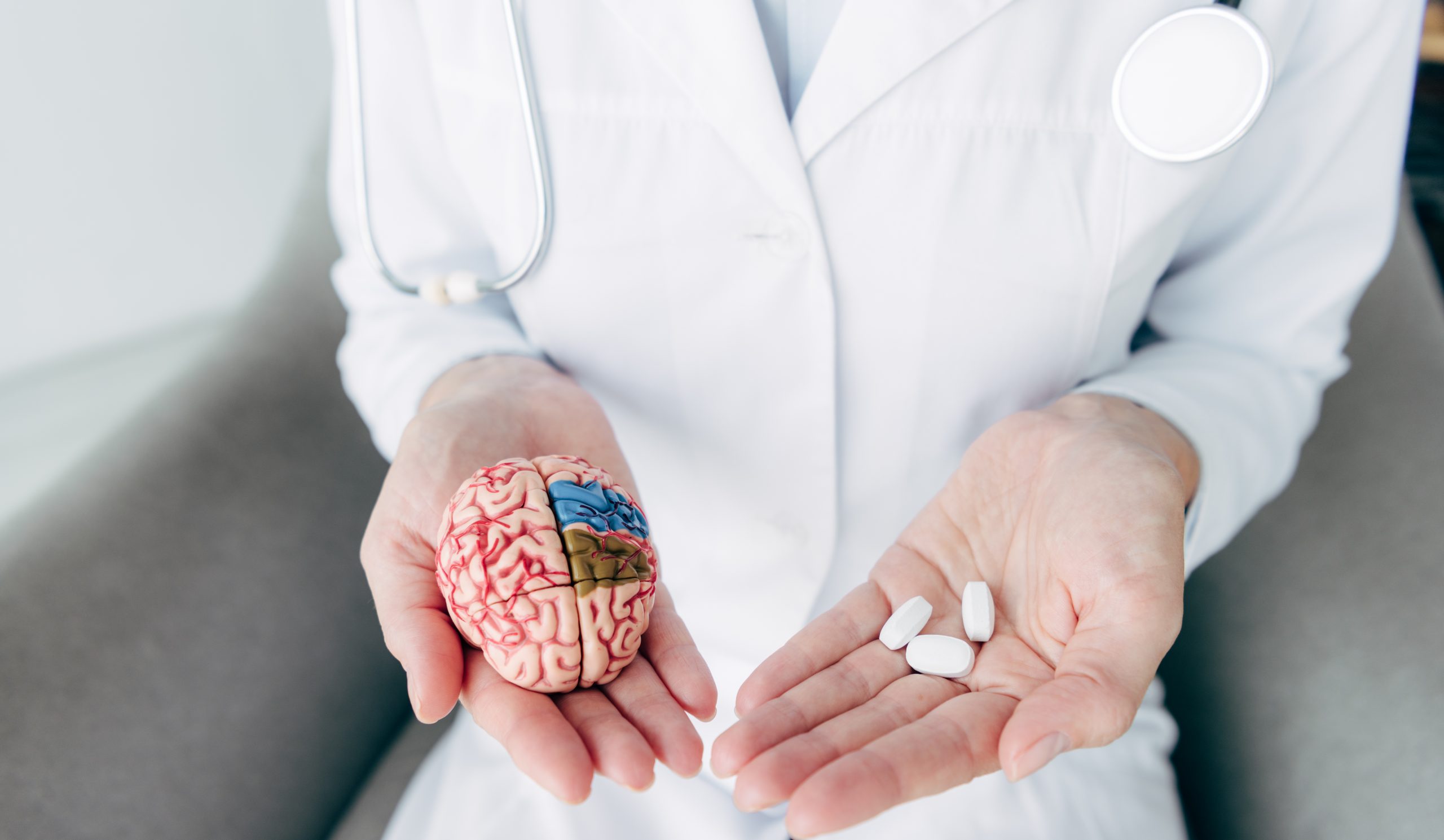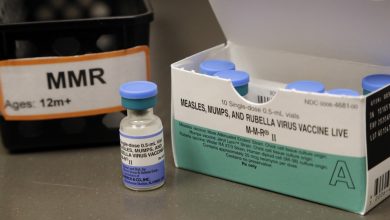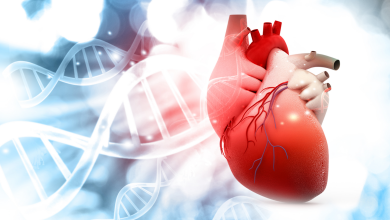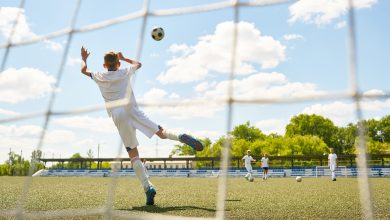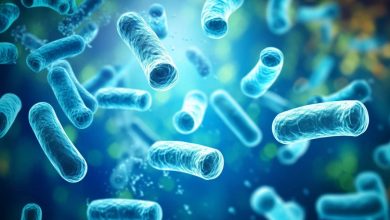Study shows how stroke patients can recover better
دراسة تظهر كيف يمكن لمرضى السكتة الدماغية التعافي بشكل أفضل
NPR
People who have had a stroke appear to regain more hand and arm function if intensive rehabilitation starts two to three months after the injury to their brain.
A study of 72 stroke patients suggests this is a “critical period,” when the brain has the greatest capacity to rewire, a team reports in this week’s journal PNAS.
The finding challenges the current practice of beginning rehabilitation as soon as possible after a stroke and suggests intensive rehabilitation should go on longer than most insurance coverage allows, says Elissa Newport, a co-author of the study and director of the Center for Brain Plasticity and Recovery at Georgetown University Medical Center.
“Two to three months after a stroke is when people are at home,” Newport notes. “That’s not when most people are having their rehabilitation.”
Newport was speaking in place of the study’s lead author, Dr. Alexander Dromerick, who died after the study was accepted but before it was published.
If the results are confirmed with other larger studies, “the clinical protocol for the timing of stroke rehabilitation would be changed,” says Li-Ru Zhao, a professor of neurosurgery at Upstate Medical University in Syracuse, N.Y., who was not involved in the research.
The study involved patients treated at Medstar National Rehabilitation Hospital in Washington, D.C., most in their 50s and 60s. One of the study participants was Anthony McEachern, who was 45 when he had a stroke in 2017.
“My ability to move was diminishing in front of my eyes”
Just a few hours earlier, McEachern had been imitating Michael Jackson dance moves with his kids. But at home that night he found himself unable stand up.
“My ability to move was diminishing in front of my eyes,” says McEachern, who is now a professor of visual and performing arts at North Carolina Agricultural and Technical State University.
After the stroke, McEachern spent a week in the hospital getting treatment and more than a month in a rehabilitation center. He slowly regained the ability to walk. But after returning home, he still had trouble with basic tasks involving his right arm and hand.
“Normally I could jump in the shower and 20 minutes [later] I’m showered, dressed and out,” he says. After the stroke, it took him two hours.
The study was inspired by earlier research on the rehabilitation of animals who have had a stroke.
When rehabilitation begins too quickly, “you can often make a stroke bigger and worse,” Newport says. When rehab therapy was delayed briefly, “you got very good success. And then as you got farther off from the stroke you didn’t get any success anymore.”
In the study of stroke patients, participants were randomly assigned to receive an extra 20 hours of intensive training that started during one of three time periods: less than 30 days after the event, 60 to 90 days after, or at least six months after. The training might involve reaching or grasping exercises, with the precise regimen tailored to each patient.
A critical period for optimal recovery
“What we found is that the best recovery was the people who received their intensive training at two to three months after their stroke,” Newport says.
The treatment isn’t a cure-all, she notes. “There is a measurable, noticeable amount” of improvement in tasks such as reaching and grasping, she says, “but they don’t recover fully.”
McEachern’s intensive training started before the optimal period. Even so, he thinks the extra therapy, and its intensity, helped him regain some use of his right hand.
“I can carry a toothbrush. I can carry bottles. I can use one hand to hold the bottle, while I use the other hand to open it,” he says. “None of this stuff was possible immediately after I had the stroke and probably not even imaginable.”
Brain scientists say the study’s finding is likely to stimulate a new round of debate about when to start intensive rehabilitation for stroke patients.
“It’s a good start to help identify what is the optimal time or sensitive period to begin intensive motor training,” Zhao says. But the study was relatively small and limited to one treatment center.
The idea that there is a critical period when the brain is most able to recover is “something we’ve suspected all along, based on the animal models,” says Dr. Jin-Moo Lee, chair of neurology at Washington University in St. Louis. “But this is really the first human evidence that there’s a period in which rehab therapies are most effective in improving recovery.”
Lee says right after a stroke, the brain is in survival mode, trying to “clean up the mess” caused by an injury. Eventually, though, the brain enters an interim period in which an injury gradually becomes a scar.
“And probably in the interim period there are also changes that allow the brain to become more plastic,” he says. That period is a bit like early childhood, he says, when the brain is able to learn and rewire very rapidly.
قنا
واشنطن: أظهرت دراسة جديدة أن ضحايا السكتة الدماغية قادرون على التعافي بشكل أكثر فاعلية إذا لم تبدأ إعادة تأهيلهم إلا بعد شهرين إلى ثلاثة أشهر من وقوع الحدث، وليس في غضون أسابيع.
وعمل باحثون من المركز الطبي بجامعة جورج تاون، مع 72 متطوعا أصيبوا بسكتة دماغية في غضون ثلاثة أسابيع من التجربة.
وأعطوا كلا من المتطوعين 20 ساعة إضافية من العلاج المكثف لحركة اليد والذراع، بشكل عشوائي للبدء خلال 30 أو 60 أو 90 يوما بعد السكتة الدماغية.
ووجدوا أن إعادة التأهيل التي تبدأ بعد شهرين إلى ثلاثة أشهر على الأقل من السكتة الدماغية، كانت هي الوقت الأمثل من حيث التحسن في استخدام الذراع واليد.
واكتشفوا أن بدء إعادة التأهيل المكثف في ستة أشهر أو أكثر بعد السكتة الدماغية، لم يكن له فائدة كبيرة مقارنة بالرعاية القياسية.
وتشير الدراسة الجديدة إلى أن هناك “فترة حرجة” يكون فيها البالغون أكثر استجابة لإعادة التأهيل بعد السكتة الدماغية، كما قال المعد الرئيسي ألكسندر درومريك.
ووجدت التجارب السريرية السابقة تحسينات قليلة أو صغيرة جدا في الوظيفة الحركية بعد السكتة الدماغية، لذلك يمكن أن يكون البحث تقدما مهما في إيجاد طرق يمكننا من خلالها إجراء تحسينات كبيرة في استعادة عمل الذراع واليد.
وأوضح الفريق أن التحسن في وظيفة اليد والذراع لم يكن ذا دلالة إحصائية فحسب، بل كان كبيرا بما يكفي ليتم إدراكه على أنه ذو مغزى وظيفي من قبل المرضى أنفسهم.
وقالت المعدة دوروثي إف إدواردز من جامعة ويسكونسن ماديسون: “يُظهر نهجنا أن المرضى يمكنهم تحمل المزيد من التدريبات الحركية المكثفة أكثر مما هو متاح تقليديا إذا كانوا أحرارا في اختيار الأنشطة المستخدمة في تدريبهم، مع العلم أنه قد تكون هناك فترة حرجة للتعافي، فهناك العديد من التقنيات التي قد يتخيل المرء استخدامها للتأثير على فهم وتعزيز التعافي خلال هذه الفترة الزمنية”.
ويأمل الباحثون أن تُنشئ هذه الدراسة نافذة زمنية يمكن فيها للأبحاث المستقبلية أن تجمع بين العلاج وتحفيز الدماغ أو الأدوية، التي تهدف إلى مساعدة المناطق السليمة المتبقية في الدماغ على استعادة الوظائف المعطلة أو تولي الوظائف المفقودة من الضرر الناجم عن السكتة الدماغية.
ويخطط الباحثون أيضا لتصميم تجربة سريرية أكبر لتأكيد النتائج الحالية ولتحديد الجرعة المثلى من العلاج، وبالتالي تحقيق أفضل التأثيرات خلال هذه النافذة الحساسة للوقت.
